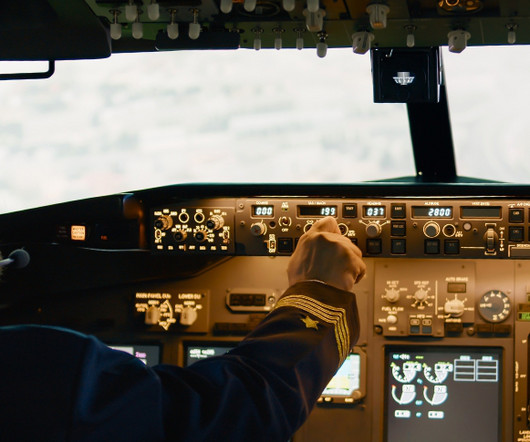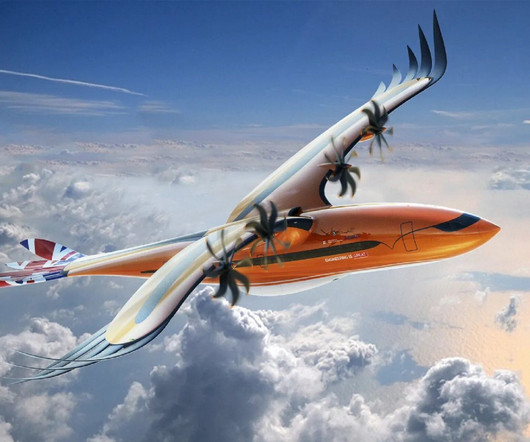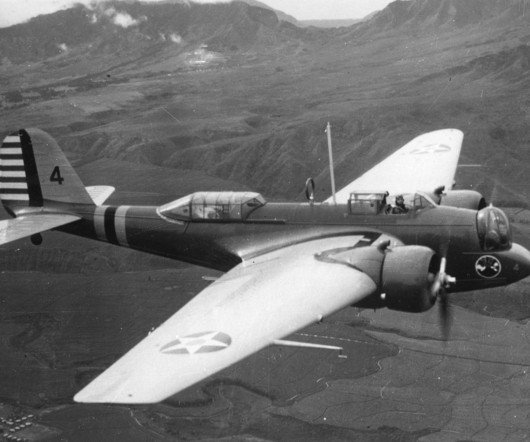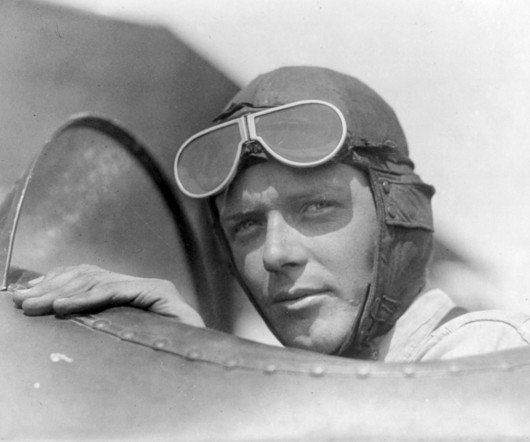What Is the Average Flying Altitude of a Commercial Plane?
Pilot's Life Blog
JANUARY 12, 2025
However, flying a small plane often means operating at much lower altitudes, usually between 5,000 and 10,000 feet, depending on weather conditions, terrain, and air traffic. When flying a small plane, staying within the appropriate altitude ensures better control and a more comfortable experience, especially in turbulent weather.












Let's personalize your content